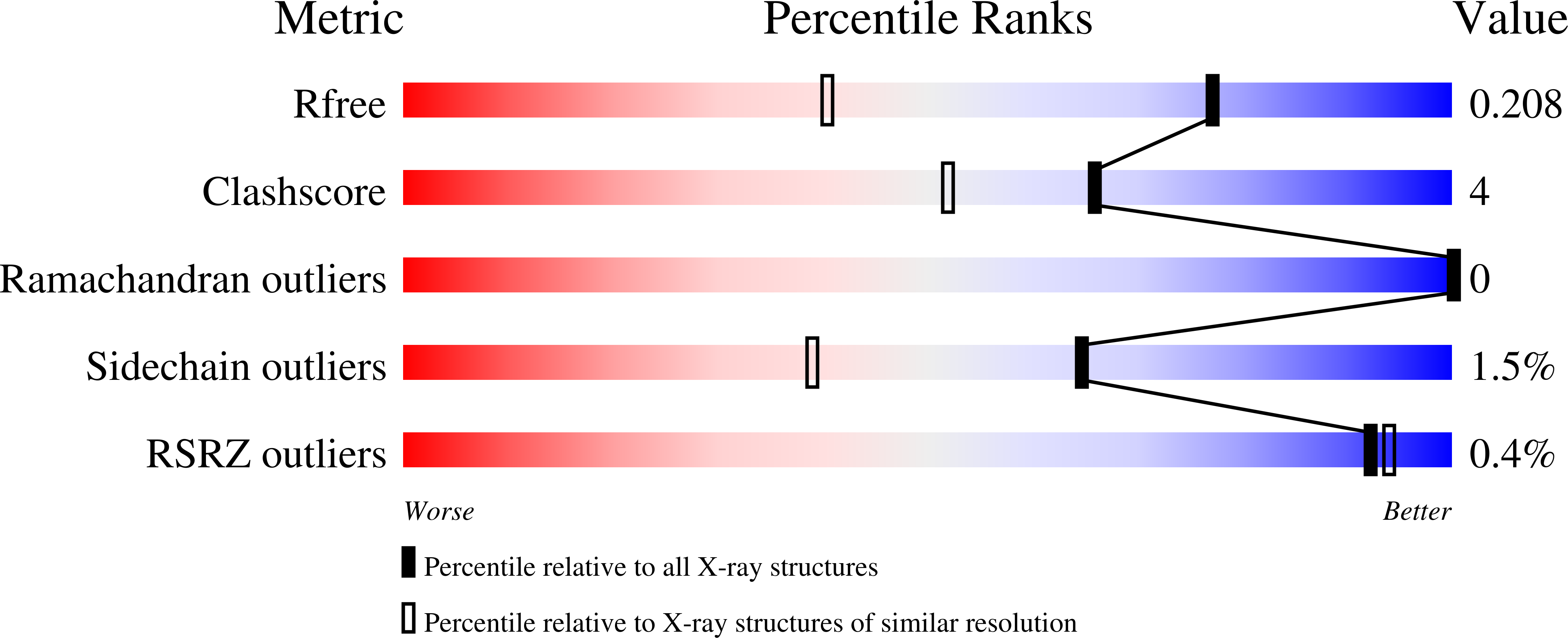
Deposition Date
2004-10-15
Release Date
2005-01-11
Last Version Date
2023-10-25
Entry Detail
PDB ID:
1XRK
Keywords:
Title:
Crystal structure of a mutant bleomycin binding protein from Streptoalloteichus hindustanus displaying increased thermostability
Biological Source:
Source Organism:
Streptoalloteichus hindustanus (Taxon ID: 2017)
Host Organism:
Method Details:
Experimental Method:
Resolution:
1.50 Å
R-Value Free:
0.19
R-Value Work:
0.17
R-Value Observed:
0.17
Space Group:
P 1 21 1


